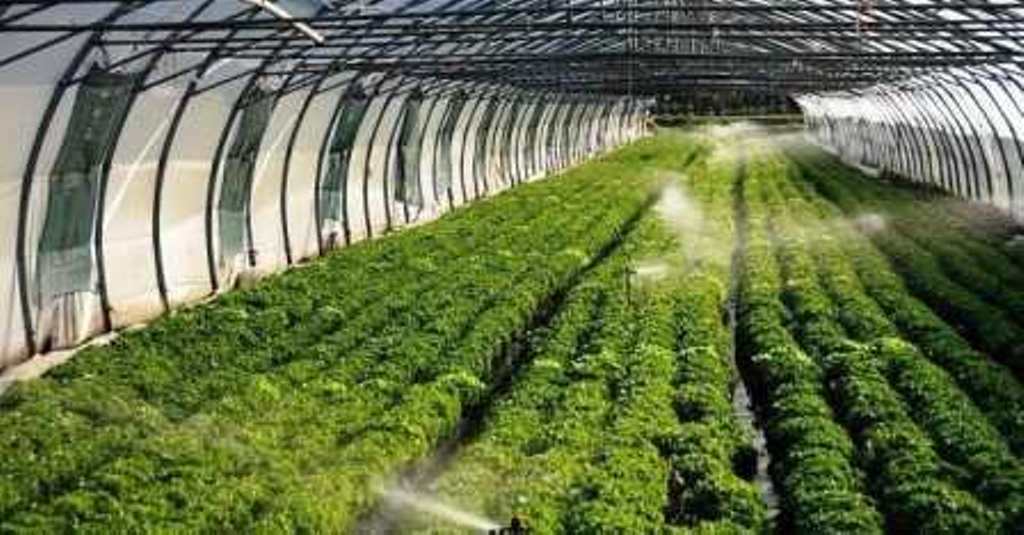
Albanians are no longer cultivating beans or potatoes, two products which, once upon a time, were a real potential in the agricultural sector of the country. But now, they seem to be more into the cultivation of vegetables, medicinal plants and spices. In other words, products which are mainly destined for export and which generate higher profit margins than beans or potatoes.
This phenomenon is unfolded by the latest figures supplied by the Institute of Statistics, according to which, “bean production has fallen by 10.7% in 2016 compared to 2015”. Meanwhile, “a smaller drop has been registered in the production of potato, namely, -2.86% compared to a year ago”.
“Meanwhile, special attention has also been given to the cultivation of aromatic plants, medicinal plants and spices. Their production in 2016 amounted to 10.644 tons”, Albanian experts of statistics say in regards to the phenomenon in question.
Statistical tables show that the production of industrial plants last year occupied an important place. So, the amount of industrial plants that was cultivated on a national level was 4.6 tons. Meanwhile, fodder has seen an increase. Last year, it amounted to 1.325 tons. What also needs to be stressed is that the cultivation of vegetables last year grew by 9.6% compared to 2015. This confirms the fact that Albanian farmers are more and more interested on these produce. Citrus has also seen a growth in the recent years.
“The growth in the production of citrus by 33.3% and fruit trees by 6.5% has come as a result of the growth of the area of blocs and the intensive way of their cultivation”, INSTAT says in regards to this situation which has been created in the country.
Farmers are “replacing” cows with bees
Honey is being valued more than milk. Even in farming, the same as in the case of agricultural products, Albanian farmers are more driven by profit when breeding cattle. As a result of this, they have started to grow bees rather than cows, as they used to do in the past. This phenomenon is confirmed by experts of statistics, according to which “special attention is being given to the growth of bees and farming activities in several areas of the country is being expanded”. “The biggest concentration of beehives is in the southeast of the country. Korça is in the first place with 15%, followed by Durres with 12.5% of the total amount of beehives. Meanwhile, Lezha has a smaller percentage, namely 3.8%, in terms of the total number of beehive”, they say. Meanwhile, compared to 2015, in 2016 there has been a fall in the number of cattle, namely, -2.39%. “There has been a fall of 21.9% in the number of odd-toed ungulates and a fall of 2.72%”, experts of INSTAT say. But, they also confirm that there’s been a fall in the growth of sheep, namely by 2.81% and the number of pigs has fallen by 5.61%. Let us recall that farming remains one of the most important sectors of the Albanian agricultural economy, contributing by 45% to the total value of agricultural and farming produce.
Shortages in Albania’s wood material
The amount of wood material in Albania is dropping. Such is the finding of the Institute of Statistics (INSTAT), according to which, this comes as a result of the shrinking of forests. “Due to the exploitations and fires, the volume of wood has seen a drop in 2015 and 2016 compared to 2014, namely by 27.3% and 27.4%”, INSTAT reports. This institution also clarifies that 97.3% of the total area is occupied by public forests, while 2.7% is occupied by private woods. As far as the volume of wood material is concerned, 94% of it is public forest and 6% is private forest. “In the recent years, there hasn’t been any change in the total area of forests”, is another fact which is pointed out by experts of the Institute of Statistics. Meanwhile, in 2016, wood material has been exploited three times less than in 2015. This means that 546 more hectares of wood have been preserved as opposed to 2015. It is also confirmed that for the period January-December 2016, there been 18.703 woods cut in an illegal manner or 36% less than in 2015, when the number of wood that was cut was 27.506 woods.




